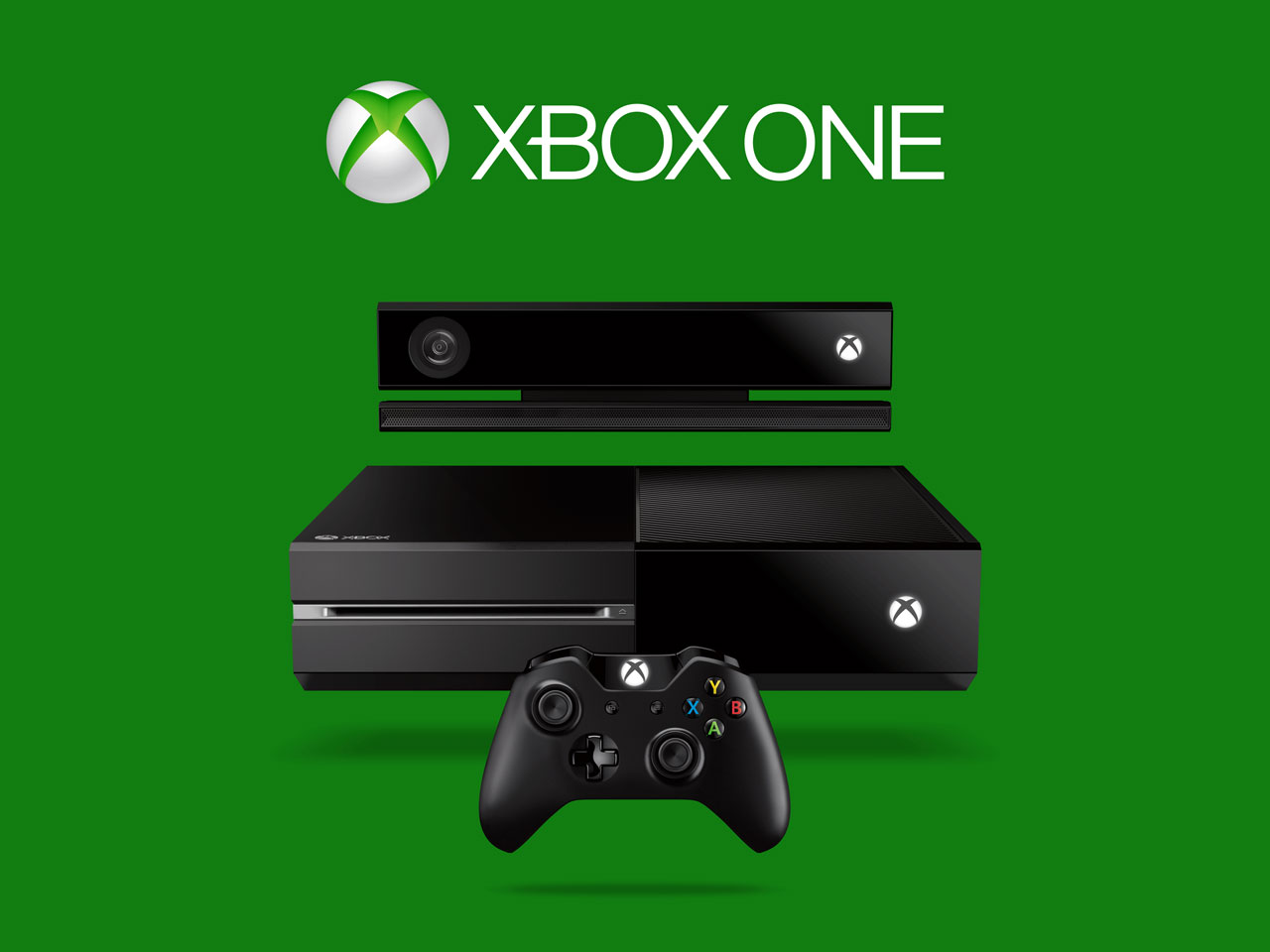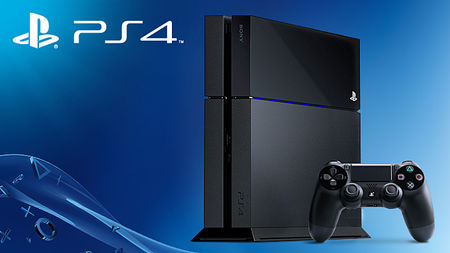By Steve Peterson
This E3 week has begun to reveal the marketing strategies that will take Nintendo, Sony, and Microsoft into the holiday season and beyond. While the press events have been revealing, there are also clues to be gleaned from the booths of the three companies and from articles being posted. While fan reaction to E3 news has been intense, it’s far too early to predict how or even if these reactions will influence marketing strategies.
Microsoft was the first of the Big Three to have its press event, on Monday morning at the Galen Center on the USC campus. A crowd of thousands watched as Microsoft executives talked first about the Xbox 360 (revealing a new case design) and then the star of the show, the Xbox One. A number of exclusive games were shown, the usual array of developers and publishers were trotted out, and at the end Microsoft announced the price: $499.

Later that day at the Los Angeles Memorial Sports Arena, Sony hosted its event. Journalists were invited to spend two hours in the parking lot prior to the event, enjoying free drinks and free food from a number of gourmet food trucks. (Note to companies planning PR events: giving journalists free food and drink prior to the event tends to put them in a good mood.) Sony began its event by talking about the PS Vita, which indicates that Sony still wants to make this hardware a success — giving it prime position at this event is essentially re-launching the device.
Sony then devoted a good chunk of the presentation to upcoming PS3 titles before getting to the PS4. The games received most of the attention, with Sony displaying a number of exclusive titles (claiming nearly 40 by the end of next year, compared to Microsoft’s 13). Unlike Microsoft, Sony took pains to present a number of indie titles and proclaimed its love for indies, noting that indies are allowed to self-publish on the PS4. Finally, Sony unveiled the hardware: Like the Xbox One, the PS4 is an angular black box with a mix of glossy and matte black surfaces.
Sony saved its zingers for the last, making direct comparisons to Microsoft (without naming them): Sony would not restrict used game sales in any way, and the PS4 has no requirement to be connected to the Internet. Also, Sony’s PlayStation Plus service would extend to the PS4 without requiring you to get another subscription, and the PS4 will be getting a free version of DriveClub. Finally, the hard price was delivered: $399, which the crowd applauded.

The following morning, Nintendo delivered its non-event event by ushering journalists into its E3 booth to stand amongst the demo stations for its upcoming Wii U games. Nintendo’s mainstay Reggie Fils-Aime (introduced by Mario himself, speaking from a video screen) gave a brief speech pointing out that regardless of all the attention that might be focused on hardware, it’s playing the game that’s important. That’s why Nintendo chose to bring journalists into its booth, to bring them closer to the games. Designers (including Shigeru Miyamoto) spoke about their games, then journalists got the chance to play and ask questions of the designers.
Nintendo did the best it could without new hardware to announce, but obviously media attention has been focused on the new console introductions from Sony and Microsoft. Still, Nintendo’s new titles looked good, though not all the titles that were shown would be available this year.
The consumer-focused game media is focused on picking winners and losers at E3. Sure, it’s true that Sony has received a better popular response from assembled journalists and from the hardcore gaming audience – so far. Winning the E3 popularity contest is not the same as generating revenue this holiday season. It’s important to remember that any perceived flaws for either Sony or Microsoft are mostly policy issues or pricing issues, which can be easily changed.
It’s perfectly reasonable to believe that all three companies will sell a good number of consoles over the holidays. While there will probably be one console that sells more than the others, that’s not going to affect third-party publishers much. Most of them are making games for both platforms. Activision won’t care whether someone buys a Call of Duty:Ghosts for the PS4 or the Xbox One, as long as they buy a copy. The days when picking the right new console to back are over for publishers; they pick multiple platforms, and spread risks more widely.
Nintendo is the publisher with the least third-party support, and it’s likely to remain that way. Nintendo is used to being the odd one out, and again it’s not really that important as long as the company can turn a good profit. Nintendo’s fortunes, for good or ill, no longer determine the fate of the iundustry the way they did twenty years ago. Nintendo’s sales represent a small fraction of the overall game industry revenues due to the massive growth and expansion of the game business worldwide.
The marketing battles for the three consoles are just beginning. More than that, none of the three manufacturers announced any sort of price cuts on existing hardware, which most analysts expect to happen before Christmas. Analysts expect price cuts on the Xbox 360, the PS3, the PS Vita, the Wii and the Wii U. Those will likely be made later this summer, or perhaps in September. Any pricing moves will have to be in place before holiday shopping begins in earnest in November.

